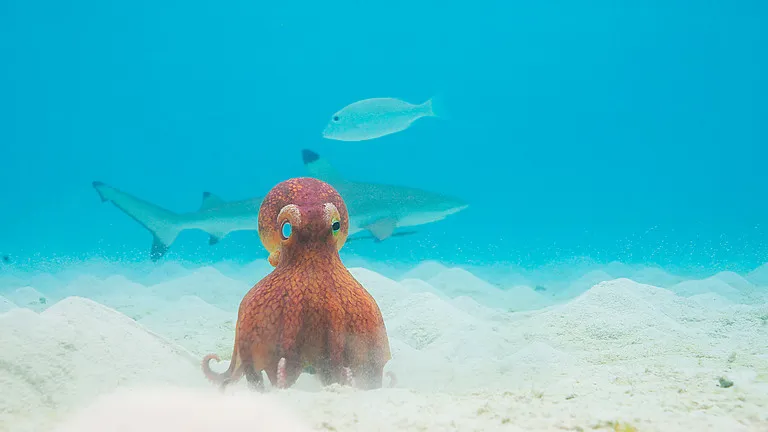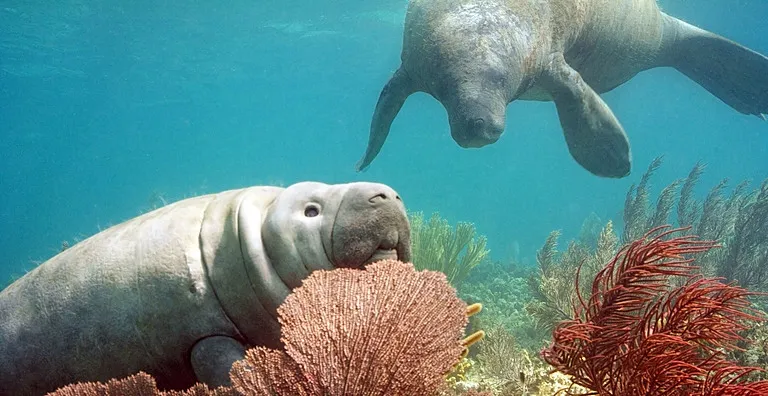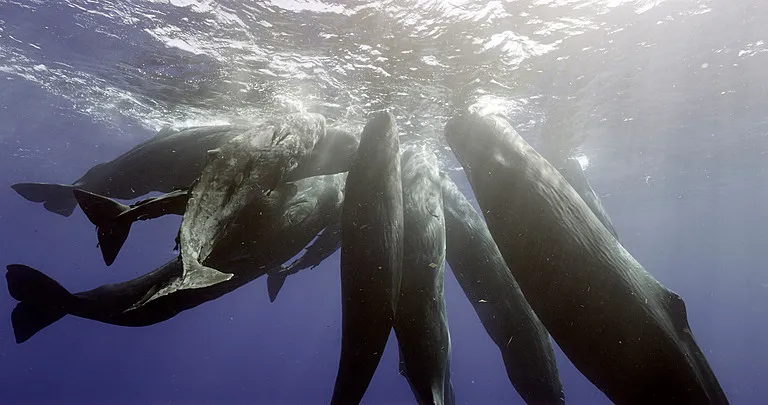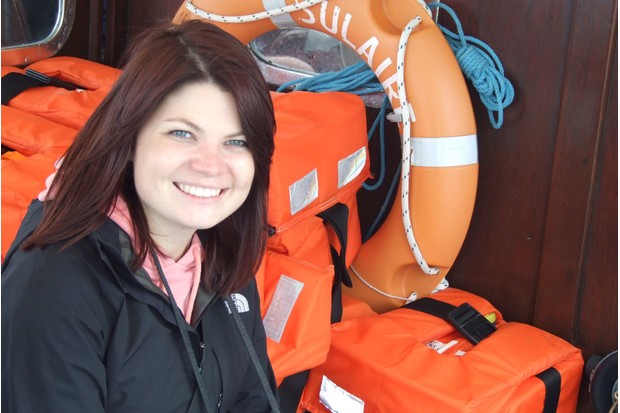BBC Wildlife spoke to Spy in the Ocean executive producer Philip Dalton about working on the new BBC One natural history series, created by John Downer Productions and narrated by David Tennant.
What is the key theme of each episode?
The next generation of spy creatures dive into the hearts and minds of the ocean’s inhabitants with four revelatory episodes – Deep Thinkers, Deep Feelings, Deep Friendships and Deep Trouble.
The series kicks off with Deep Thinkers as the spies search for intelligent life and mind-boggling ways of thinking.
In episode two, Deep Feelings, our spy creatures befriend the most complex minds in the ocean to gain insights into their innermost feelings.
In episode three, Deep Friendships, the spies reveal the extraordinary relationships that also exist among the creatures of the ocean.
Episode four, Deep Trouble, explores the challenges that ocean life must overcome to survive.

How have these spy creatures evolved from spy creatures used in Spy in the Wild?
The major evolution involved making the spy creatures waterproof to great depths and resistant to water pressures with the ability to control their buoyancy even in strong currents. They also needed to mimic the movement of their wild counterparts.
What new technology did you use?
Camera technology has come a long way since Spy in the Wild, not only are the cameras smaller, but the image performance is so much better even in low light.
Spy Cuttlefish had integrated into its back one of the world’s first fully flexible organic LCD screens, a technology that was in its infancy at the start of the production.
This breakthrough technology enabled our spy to communicate with the real cuttlefish by mimicking their mesmerising patterns.
Spy Whale used the latest subsea technology. Its main features include a robotic spine to help power and steer it and a sophisticated buoyancy system for dynamic control down to depths of 30 meters.
To coordinate all of these automated systems, a powerful computer brain was also needed. Unlike most subsea ROVs (remote operated vehicles), Spy Whale was designed to operate without the need for an umbilical control cable.
Instead, complex dive instructions were sent remotely via radio signal when at the surface and via wireless modem when at depth.
Signals were sent from a control station on the boat up to a distance of 1 mile. On receiving the dive plan, Spy Whale carried out its instructions independently by diving to a designated depth and holding course for a set period before surfacing.
Thrust and directional control was provided by the robotic tail, with powerful vertical and lateral swipes to allow for stealth propulsion.
For extra speed a small almost silent thruster concealed under the tail was occasionally used. Spy Whale contained five custom modified 4K cameras, two in the eyes, two in the front of the head and one in the dorsal fin.
How did animals react to the spy creatures?
The reactions are typically one of curiosity. The real animals are intrigued by our spies, they are pleased to see them, they welcome them and interact with them.
We often base the design of our spy creatures on baby versions of their wild counterparts. This way they are not perceived as a threat.
What is incredible is that the animals have the entire ocean to roam in and yet the come to our spies on their own terms.
More related content:
When is Spy in the Ocean on TV and how can I watch it?
Sperm whale guide: where they live, what they eat and why they are called sperm whales
Hermit crabs: all you need to know from how they choose their shell to what they eat
Manatee guide: where they live, what they eat and why they’re known as ‘sea cows’.

Were there any funny moments?
Spy Manatee received a slobbery manatee kiss and cleaner fish cleaned Spy Hammerhead’s teeth!
Other funny moments included macaques learning to break into oysters using Spy Rock and Spy Dolphin wiping out while surfing.
What new wildlife behaviour did you capture in each episode?
The Thailand macaques catching fish with their bare hands was unique behaviour never before captured on film.
Spy Coconut Octopus filmed astonishingly complex behaviour including steeling a coconut shell from our spy without wanting to raise suspicion – being aware of what others may be feeling is a sign of deep intelligence, behaviour rarely seen.
Other surprising octopus moments included improvising a shield to attack rivals and throwing 'missiles' at attackers, examples of sophisticated tool use rarely filmed before.
Spy Sea Lion joined the real sealions inside a large shoal of fish taking us on a rollercoaster ride from the sealions' point of view, its camera eyes show the shoal’s swarm intelligence being pitched against that of the clever sealions.
It also discovers some extraordinary new behaviour as the sealions gift some of their catch to the marlin.
The filming of a socialisation event of the sperm whales has rarely been seen, with several families joined together in a close and intimate circular gathering to socialise and communicate.

What were the biggest surprises while filming?
We never know what is going to happen when we deploy the spy creatures, the results are always unexpected and insightful.
There were many surprises throughout the series, memorable ones include the moment a hermit crab got house envy and stole our spy's camera shell to inadvertently become the camera operator.
The reaction to Spy Whale was a surprising moment in the series with a female sperm whale attempting to communicate with Spy Whale, it even introduced a younger member of the family to our spy.
The mimic octopus attempted to mimic Spy Coconut Octopus was also unexpected.
What were the filming challenges?
Transporting a full size whale calf around the world and deployment was a logistical challenge.
To help we had a specially made raft so we could tow Spy Whale far our into the ocean.
The raft enabled Spy Whale to easily dock on and off the raft even in stormy conditions.
Building the spy creatures required time and patience – it took 18 months before Spy Whale was seaworthy.
The ocean is unimaginably vast and locating many of our subjects took many weeks of searching.
Sometimes strong currents and stormy seas were immensely challenging putting our spies at risk of getting lost at sea.
Fortunately all our spies made it back home safely with the exception of just one, Spy Pelican returned in pieces having suffered a technical malfunction.
Main image: Spy cuttlefish surrounded by five cuttlefish, Australia © BBC/John Downer Productions/Huw Williams
